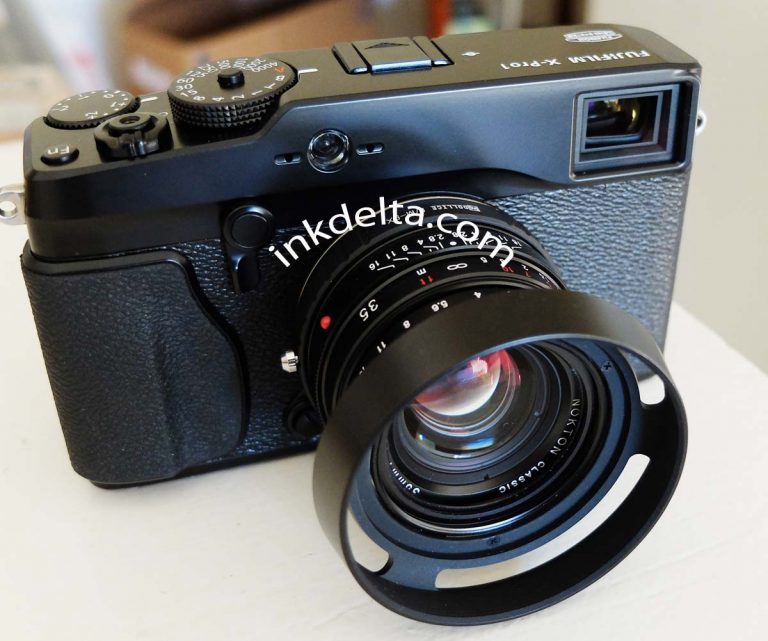
And let’s face it, few cameras can do this successfully! This obviously means you cannot shoot stills while capturing video. Powered up, the first chore when out and about is to choose the shooting mode: stills, movies or panorama.
Xpro 1 review manual#
Movies are there but you wouldn’t know it! Only a few pages in the manual are devoted to it … however, don’t be misled: the X-Pro1 can shoot 1920×1080 pixel Full HD or the lesser 1280×720 video res. There is also a sweep panorama function which captures images up to 2160×7680 pixels in size … and it’s unlike any sweep pano you’ve ever encountered before! As you swing the camera around (up, down or across) you can hear the separate frames of the pano being captured, followed by the (silent) in-camera stitching process. The maximum image size is a hefty 4896×3264 pixels, leading to a 41x28cm print. The body is all black, with text IDs very visible in clear cut white text. The review camera was supplied with three lenses: f2/18mm, f2/35mm, f2.4/60mm macro. The Pro-X1 is quite a departure for a camera with such high ambitions, although anyone who has spent some time with the earlier X10 model should have suspected something major was in the wind. Right now, Fujifilm appears to be answering this trio of queries in the negative! Question 3: are we currently heading in the right direction? Question 1: does everyone in the game aspire to a DSLR? It appears Fujifilm for one has done a mighty rethink about gaps in the pro market and come up with a camera that has some pretty clever answers to some profound questions. It comes at a time when some camera companies are doing major rethinks about the future of upper level digital cameras: like Olympus with its retro OM-D and Nikon with its bare bones N1. Then, when I actually held the magnesium alloy bodied, mirrorless interchangeable lens camera in my sweaty palms at a spiffy harbourside press preview, the penny finally dropped.

When I first heard about this little number I was sceptical: Why? Whaffor? What’s doing?


 0 kommentar(er)
0 kommentar(er)
